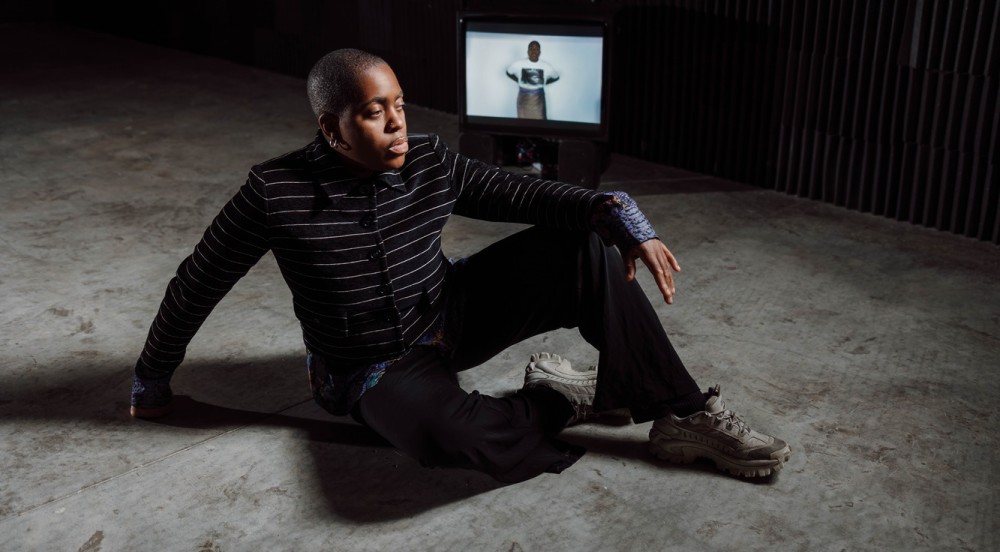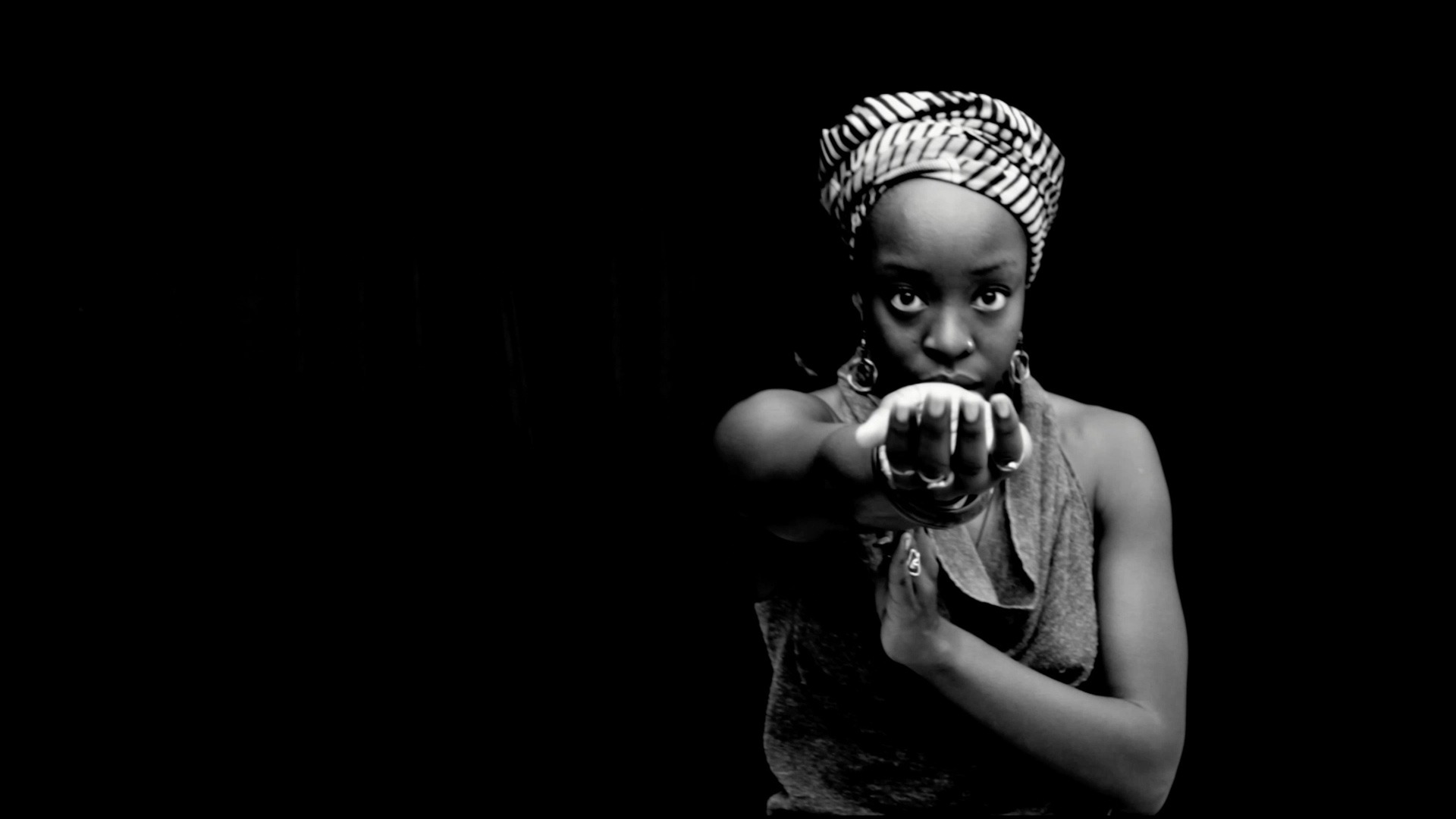ARTIST ONYEKA IGWE BRINGS THE NIGERIAN ABA WOMEN’S WAR OF 1929 TO LIGHT


Filmmaker and artist Onyeka Igwe revisits a little-known moment in history in her first solo museum exhibition on display at MoMA PS1 in New York City. A Repertoire of Protest (No Dance, No Palaver) brings together three of her films inspired by the origin and outcome of the Aba Women’s War of 1929, where thousands of Igbo women in southeastern Nigeria protested against taxation and restricted roles for women in the government.
“Their methods were the same ones women used when there was a conflict with men in the community. Coined ‘Sitting on a Man’ by anthropologists, this type of protest involved the women singing, dancing and wearing palm fronds over bare chests while gathering outside of the man in question’s house until he made amends,” London-born Igwe explains. “They performed these types of protests outside of district offices, courthouses and colonial buildings.” While the outcome was a bloody one, this brave act of protest is considered one of the first anti-colonial uprisings in Nigeria.
Igwe’s exhibition blends choreography on-and-off the screen, creating an immersive, expanded cinematic environment. By conceptually recovering the repressed history of this collective act of resistance, the artist finds new meaning for understanding the present.
Here the artist shares a little more about her exhibit and the motivation behind her work.
EBONY: How did you approach researching the Igbo women and their uprising?
Where did you learn about the Aba Women’s War?
I learned about it through my half-uncle’s self-published biography. He was trying to date his birth and said he was born a few years after the protests. I had never heard of it despite it happening in the part of Nigeria that my family is from and it being significant enough for people to record its history.

How long did it take you to shoot your three films and bring them together for an expanded show?
I made them in 2017 to 2018 and always conceived of them as a series of three films. I wanted to think about these protests through a series of cinematic experiments. The first film, Her Name in My Mouth, focuses on the report on the Aba Women’s War and the women’s testimonies through gestures, textiles and Igbo songs. Sitting on a Man, the second film, is a three-screen work that features contemporary Nigerian diasporic dancers who reenact the protests alongside archival film of women dancing from 1930s Nigeria. The final film, Specialised Technique, uses only archival films of African women dancing to question the ways in which we look at these types of films.
What themes about life and the Black experience have you discovered through these cultural dances?
What motivates your artistic expression and what feelings do you want to convey to viewers?
I am trying to figure things out and answer historical and political questions, things that bother me or I think would be helpful to understand, and I am trying to answer these questions in as many ways as possible, offering multiple truths. I want my viewers to be invited to contribute to this questioning, for the films to start and continue a conversation. I want to learn from these experiences, lives and opinions, and art seems to be a good way to elicit that.
You are animated by the question—how do we live together? What have you discovered in that search?
That there are many different ways to answer that question and that may be the most important thing, the possibility and existence of multiplicity.
A Repertoire of Protest (No Dance, No Palaver) runs at MoMA PS1 through August 21, 2023.






